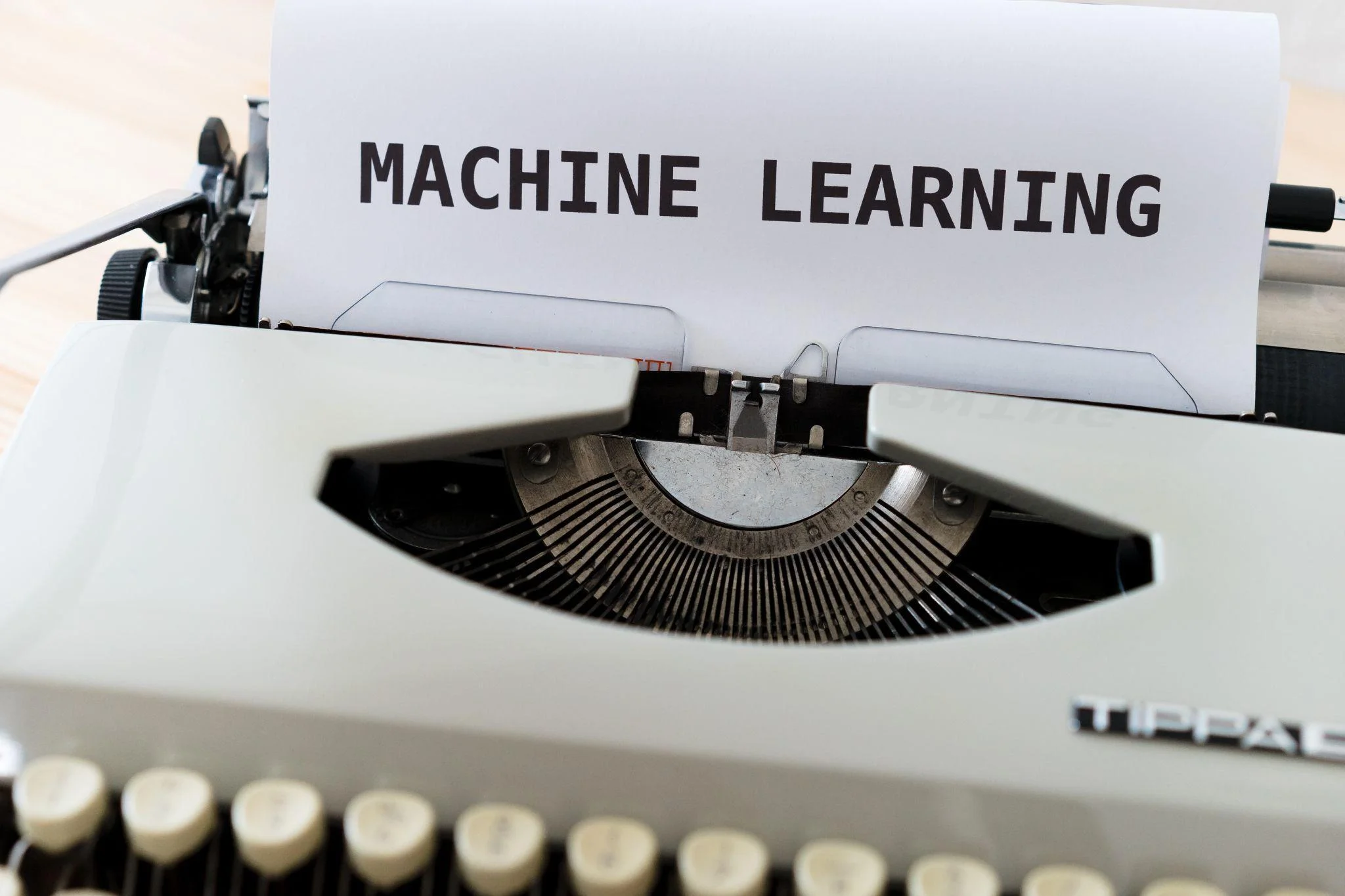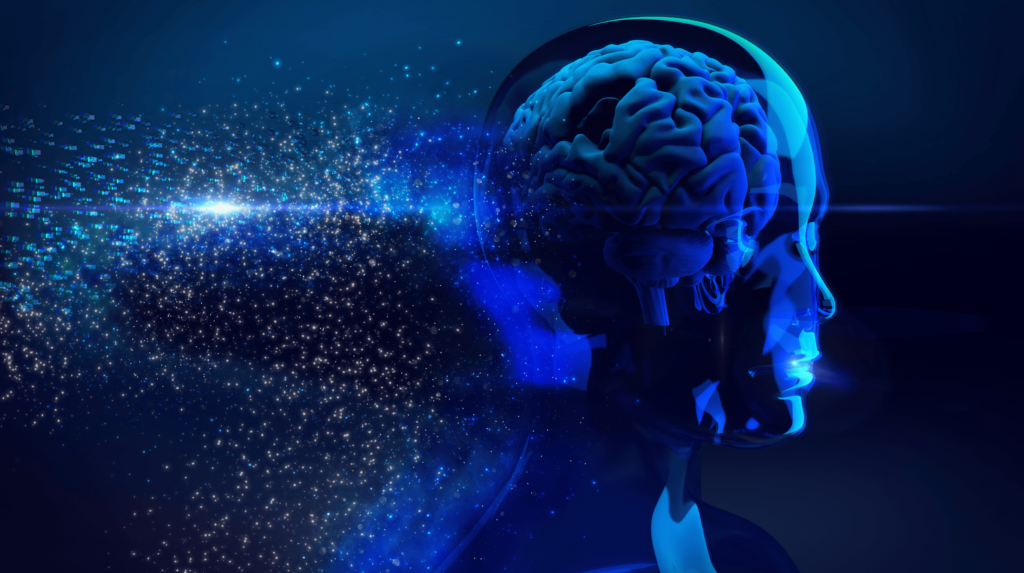Machine learning has changed how businesses make decisions and run operations. Decision-makers can make informed decisions, increase efficiency, and spur innovation with the help of machine learning by analyzing huge volumes of data and extracting crucial insights. This post examines the four main machine-learning models and discusses their important business benefits. We will also examine the factors decision-makers should consider when selecting the optimal machine-learning model for their requirements.
Supervised Learning
A common machine learning model is supervised learning, in which a model is trained on labeled data to provide accurate predictions or classifications. In supervised learning, input data are matched with appropriate output labels or target variables to create labeled data. During training, the model discovers the underlying patterns and relationships between the input data and the labeled output. Once trained, the model can make predictions or classify new data.
Here are the two main tasks of supervised learning models in data mining:
- Classification: The purpose of classification tasks is to assign data examples to preset categories or classes. Supervised learning is frequently employed for these tasks. For instance, recognizing fraudulent transactions, categorizing emails as spam or not, or forecasting customer attrition.
- Regression: Predicting a constant or numerical value is another frequent job in supervised learning. Examples include estimating home costs based on attributes like size, location, and amenities or anticipating sales based on historical data and industry variables.
Key Advantages
Here are some of the key advantages of supervised learning:
- Labeled Data: You can access a labeled dataset in supervised learning, where each data point is connected with a known goal value or class label. This labeled data is used as a training set by the machine learning algorithm, allowing it to discover patterns and correlations between input attributes and outputs. Labeled data is a big benefit since it gives clear guidance to the learning process.
- Predictive Accuracy: Supervised learning algorithms aim to train a mapping function from input information to desired outputs. These algorithms can generate good predictions on unseen data if they can access labeled training data. The model learns to generate accurate predictions or classifications by generalizing from labeled instances.
- Wide Applicability: Supervised learning can solve many problems, including classification, regression, and sequence synthesis. It has several applications, including natural language processing, computer vision, fraud detection, recommendation systems, etc. Because of their adaptability, supervised learning algorithms can be used for various applications.
- Interpretability: Some supervised learning methods, such as decision trees and linear regression, can be interpreted. They can provide light on the connections between input properties and projected results. This interpretability is particularly useful in sectors where understanding the underlying elements that contribute to forecasts is critical, such as healthcare or finance.
- Iterative Improvement: Supervised learning systems can iteratively enhance their performance through feedback. The algorithm can update its internal parameters and alter its predictions to reduce mistakes by comparing the expected outputs with the real labels in the training data. This iterative technique allows the model to improve over time continuously.
Semi-Supervised Learning
A machine learning approach called semi-supervised learning uses labeled and unlabeled data to train models. Semi-supervised learning employs a smaller portion of labeled data and a larger pool of unlabeled data instead of supervised learning, which labels the whole dataset. The model generalizes patterns learned from labeled data to forecast unlabeled data.
Here are the two main tasks of semi-supervised learning models:
- Data Labeling: One typical use of semi-supervised learning is to increase model accuracy by combining a small quantity of labeled data with a larger unlabeled dataset. This strategy is very helpful when labeling data is time-consuming, expensive, or difficult.
- Active Learning: Semi-supervised learning techniques can be paired with active learning techniques to choose the most instructive cases for labeling. Active learning algorithms make wise decisions about which data points will be most useful to label, which optimizes labeling and enhances model performance.
Key Advantages
Let’s discuss some of the key advantages of semi-supervised learning:
- Utilizing Unlabeled Data: One of its main features is semi-supervised learning’s capacity to use unlabeled data. Acquiring labeled data can frequently be expensive, time-consuming, or even impossible. Unlabeled data, however, is frequently more plentiful and accessible. Organizations can enhance the performance and accuracy of their models by including this enormous quantity of unlabeled data in the learning process.
- Semi-Supervised Domain Adaptation: Semi-supervised learning can help with domain adaptation tasks even when labeled data is available in the source as well as the target domains. The model can successfully adapt its knowledge to the target domain by learning from labeled and unlabeled samples from both domains, utilizing common information, and capturing domain-specific traits.
- Regularization and Model Constraints: Semi-supervised learning can help with regularization. The model is encouraged to develop a solution that fulfills the limitations given by the labeled data while also sticking to the distribution of the unlabeled data by learning from both labeled and unlabeled samples. This regularization effect can help reduce overfitting and improve the model’s generalization performance.
- Exploiting Label Redundancy: Semi-supervised learning can use labeled data redundancy using linkages and similarities between labeled samples. The model can learn from correlations between labeled cases, allowing it to generalize more effectively and generate more accurate predictions. This benefit is especially useful when labeled data is limited but contains comparable patterns or cases.
Unsupervised Learning
An unsupervised learning approach examines unlabeled data to find hidden structures, relationships, and patterns. Unsupervised learning employs labeled data with specified goal variables instead of supervised learning to explore and find inherent patterns and insights in the data.
Here are the three main tasks of unsupervised learning models:
- Clustering: Unsupervised learning frequently involves the work of clustering, which involves gathering comparable data points based on their inherent qualities. Customer segmentation, picture segmentation, and document clustering can all benefit from clustering.
- Dimensionality Reduction: Dimensionality reduction is achieved using unsupervised learning methods like principal component analysis (PCA) and t-SNE (t-distributed stochastic neighbor embedding). These methods aid in reducing the complexity of high-dimensional data while keeping its fundamental linkages and structure.
- Associations: Unsupervised learning is crucial to associations, which are used to provide recommendations. It identifies interesting relationships or associations among items in large datasets. It is often used in market basket analysis or recommendation systems.
Key Advantages
Here are some of the key advantages of unsupervised learning that make this a popular machine-learning model:
- Discovering Hidden Insights: Unsupervised learning algorithms spot hidden patterns and insights in unstructured or unlabeled data. These methods, like clustering and dimensionality reduction, allow decision-makers to classify comparable data points according to their shared traits or to locate hidden patterns in the data. Businesses can learn important lessons from these patterns that guide product creation, process improvement, and strategic decision-making.
- Anomaly Detection: Detecting anomalies or outliers across a dataset is an effective use of unsupervised learning techniques. Unsupervised learning algorithms examine the distribution and connections among the data points. This technique helps spot data instances that drastically deviate from the norm. Moreover, this feature benefits businesses involved in fraud detection, network security, or quality control. Spotting unexpected patterns or behaviors is essential for risk mitigation for such businesses.
- Exploratory Data Analysis: Exploratory data analysis is made possible by the tremendous capabilities that unsupervised learning models offer. Decision-makers can thoroughly understand their dataset by visually representing the relationships and structures within the data. For instance, clustering techniques can be used to find groupings or segments of the data, highlighting any similarities or differences between the data points. This exploratory analysis can inspire more research, the development of hypotheses, or the discovery of fresh prospects.
- Feature Engineering and Dimensionality Reduction: Unsupervised learning is essential for feature engineering and dimensionality reduction, two related processes. Feature engineering entails changing or developing new features from the available data to enhance model performance. Unsupervised learning models can find pertinent characteristics or remove duplicate or useless variables, making the data less dimensional. This procedure can increase model effectiveness, lower computing costs, and make output comprehensible.
- Recommendation Systems: Unsupervised learning is frequently applied in recommendation systems. By examining user behavior and preferences, clustering algorithms can group individuals with similar interests or characteristics. Once tailored suggestions are created using this data, businesses can give content, goods, or services that are more relevant to their target audience. Hence, it improves the customer experience and boosts engagement.
Reinforcement Learning
Reinforcement learning is a machine learning paradigm that trains agents to make sequential decisions in a given environment to maximize cumulative rewards. Reinforcement learning, unlike supervised learning, does not require labeled data. Instead, the agent learns through interacting with the world via trial and error. The agent acts, receives feedback through incentives or penalties, and then adapts its behavior to meet the intended objective.
Reinforcement learning involves the following key components:
- Agent: The entity that learns and makes decisions based on its interactions with its surroundings is known as an agent.
- Environment: The agent’s environment is the external system in which it functions. It gives the agent feedback depending on its behavior.
- Actions: The choices and decisions made by the agent to interact with the environment are referred to as actions.
- Rewards: The feedback signals the environment produces to the agent depending on its activities are referred to as rewards. Positive reinforcement encourages desired conduct, whereas negative reinforcement (penalties) discourages undesirable behavior.
- Policy: The approach or collection of rules used by the agent to decide its actions in response to the present condition of the environment.
Key Advantages
Reinforcement learning offers several advantages in machine learning applications:
- Decision-making in Dynamic Environments: Reinforcement learning excels in situations where the present state of the environment determines the optimal decision strategy. It is appropriate for dynamic environments where decisions must be continually changed in response to changing conditions.
- Learning from Experience: Reinforcement learning agents learn through trial and error, gradually improving their decision-making abilities. The agent can experiment with alternative activities and learn from the results by getting feedback through incentives or penalties, ultimately maximizing performance.
- Adaptability and Generalization: Reinforcement learning agents can adapt to new conditions and generalize their learned policies to previously unknown states or tasks. This adaptability allows them to deal with various issues and apply their expertise to related jobs.
Choosing the Right Machine-Learning Model
Decision-makers must carefully examine several aspects when choosing the best machine-learning technique for a business challenge. Depending on the nature of the issue, the availability, and caliber of labeled data, resource limitations, and domain knowledge, one can choose between supervised, semi-supervised, and unsupervised learning. Let’s examine these elements in further detail:
- Labeled Data Availability and Quality: Selecting the best machine learning strategy requires careful consideration of labeled data availability and quality. Supervised learning can be a wise option if a sizable amount of data has been appropriately classified. Decision-makers can use labeled data to train algorithms to generate precise predictions or classifications. Alternative strategies like semi-supervised or unsupervised learning can be more suited when labeled data is rare or challenging. Furthermore, reinforcement learning works differently, depending on interactions with an environment to learn optimum behavior via rewards or punishments. It does not rely extensively on labeled data, making it useful when direct supervision is limited. Moreover, organizations can use both labeled and unlabeled data using these techniques to derive insights and make predictions.
- Nature of the Problem: The nature of the issue is that certain machine learning models are better suited for various problem classes. The best method is supervised learning if the goal is to forecast a result or categorize data into certain groups. You must have labeled data with distinct target variables to use this method. In contrast, unsupervised learning might offer useful insights if the goal is to explore patterns, spot anomalies, or comprehend the underlying structure of the data. Unsupervised learning doesn’t rely on labeled data. It is especially helpful when there is no prior understanding of the expected results or when the goal is to comprehend the dataset more thoroughly. Reinforcement learning, works well in sequential decision-making situations when an agent learns to maximize cumulative rewards through actions and interactions with the environment.
- Resource Constraints: When selecting the machine learning model, it is important to consider the available resources, including data, computing capacity, and experience. Supervised learning frequently needs large labeled data to build precise models. Collecting and classifying new data might be time- and resource-consuming if the labeled data is sparse. Semi-supervised or unsupervised learning, which can employ unlabeled data, can be more practical in certain circumstances. Reinforcement learning, on the other hand, could demand large computational assets and instructional time, particularly in complex settings or deep learning systems. To ensure that the selected strategy fits the available computer resources, assess the computational needs for developing and implementing machine learning models.
- Domain Expertise: Choosing the best machine learning model requires a thorough understanding of the particular requirements and intricacies of the industry or area. Decision-makers with domain knowledge can evaluate the features of the problem and decide which strategy is most appropriate to attain the desired results. Additionally, they can consider any legal, moral, or regulatory issues that can affect their choice of strategy. Regarding reinforcement learning, domain expertise is essential in building the reward structure, defining the state and action spaces, and establishing acceptable exploration and exploitation trade-offs. Defining the problem’s scope, discovering pertinent characteristics, and understanding the outcomes of the selected machine-learning technique benefit from domain expertise.
Conclusion
Machine learning presents a tremendous opportunity for decision-makers to extract maximum value from their data assets.. Decision-makers can use supervised, semi-supervised, and unsupervised learning to automate decision-making procedures, improve company operations, and extract useful insights from data. The secret is to select the best machine-learning model based on the availability of labeled data, task needs, resource limitations, and domain knowledge.
Moreover, organizations can make educated decisions and utilize the proper machine-learning techniques. Doing so can help unleash the full potential of their data and achieve a competitive edge in today’s data-driven world.
At Achievion, we help businesses reach their true potential with the help of machine learning and AI integration. Let us help your business excel in your industry with our multiple AI solutions.
Want to find out more? Contact us today!









